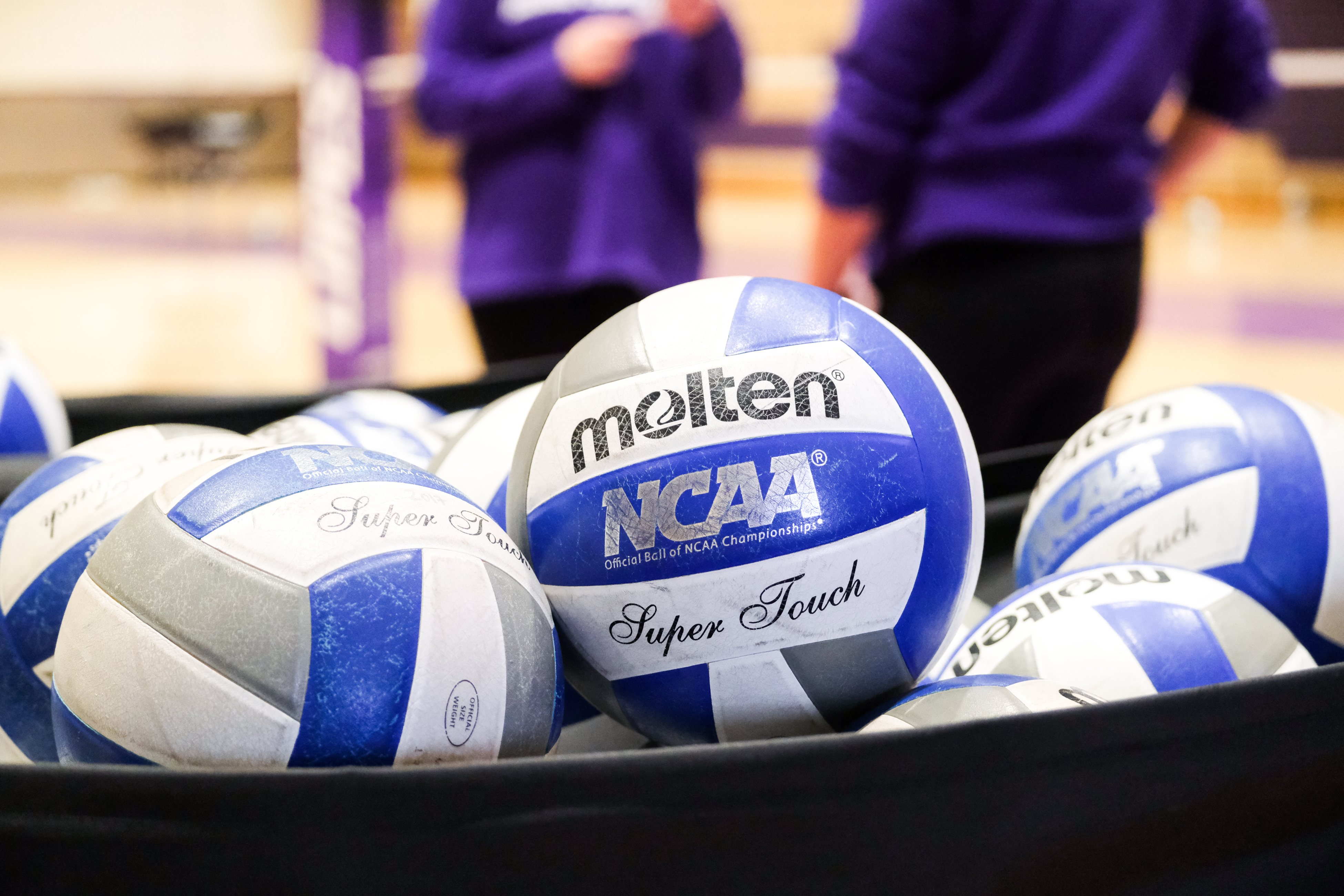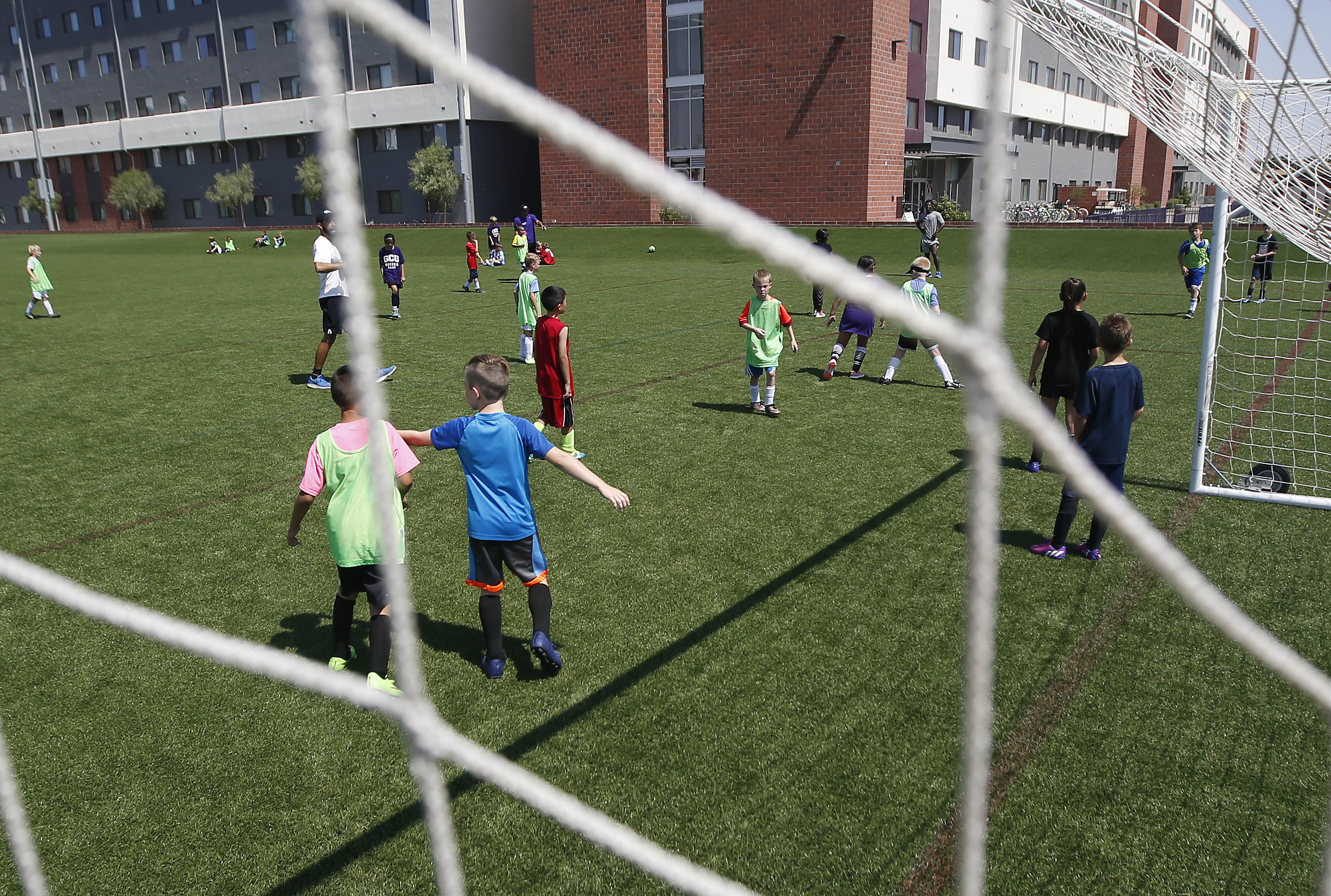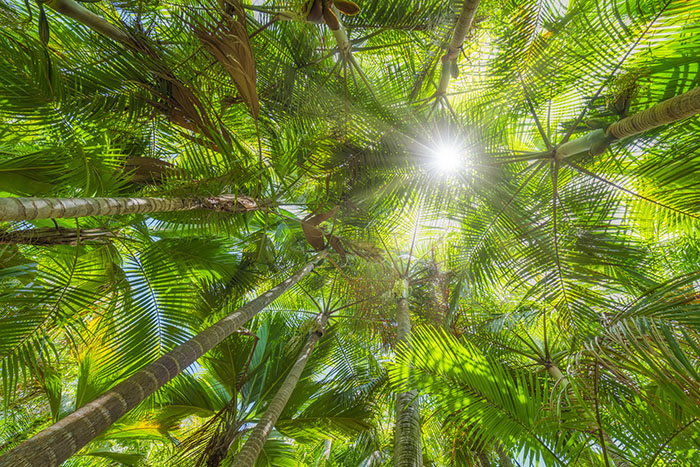
By Lana Sweeten-Shults
GCU News Bureau
If there’s any magic in the world, Grand Canyon University biology professor Dr. Galyna Kufryk believes it’s in nature. And nothing is quite as magical as how something as seemingly simple as a plant can capture the energy of sunlight, transform it into chemical energy and use that energy to power itself.
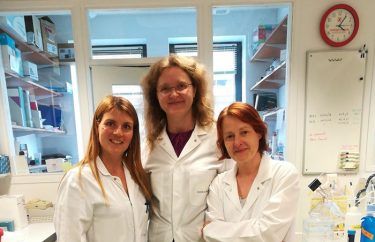
It is that energy-producing process – photosynthesis – that has fascinated Kufryk for much of her career. She and other scientists see it as the foundation of life on Earth, providing the food and energy that keep living things, well, alive.
Kufryk is among a group of scientists gingerly chipping away at the inner workings of this natural process. The hope is that if they understand how in the world plants can make their own food – how they can produce their own carbohydrates and make their own energy out of just sunlight, carbon dioxide, water and chlorophyll – that they can mimic that process and develop new sources of clean, renewable energy.
Kufryk spoke about her latest photosynthesis research at the virtual Plant Biology Worldwide Summit over the summer.
Instead of looking at the photosynthetic process in plants, she analyzed it in microscopic organisms called cyanobacteria, which have been the focus of her research for many years.
Although plants might be the rock stars of photosynthesis, they don’t have a monopoly on the process. Algae and certain kinds of bacteria, such as cyanobacteria, also can whip up their own batch of carbohydrates via their favorite kitchen tool, so to speak -- photosynthesis.
“Plants are much more complicated to study, of course, because they are multicellular,” Kufryk said. “Cyanobacteria consist of simple cells. They’re unicellular, so it’s easy to study this process in cyanobacteria and use them as a model for what plants are going to do.”
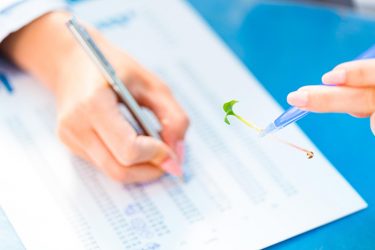
She has been investigating, more specifically, how cyanobacteria fold and assemble proteins, which is important in making photosynthesis happen.
“We know that photosynthesis requires very complex groups of proteins. Each of them needs to be made, and each of them needs to be properly folded – and not just that you fold them properly, but many of those proteins interact with other molecules, like pigments.”
One of the pigments those proteins interact with is light-capturing pigment chlorophyll, which is essential in photosynthesis.
Kufryk’s questions as she researched the photosynthetic process: “How does the protein, once it has been made, how does it fold and bind to the pigment? … Then, when you have, say, 20 of these proteins, how do they find each other and how do they assemble? How do they come together in an assembled complex?”
As it turns out, plants aren’t so simple. And the inner workings of the photosynthetic process? Not so simple, either.
It’s a process that has to be heavily regulated. If not, a gaggle of useless proteins is the result, at least as far as photosynthesis goes.
“If you do not assemble them correctly, then you may have a bunch of proteins but they’re not really functional,” she said.
Kufryk’s research looks into how this process is regulated in cyanobacteria, which contain two photosynthetic complexes -- photosystem I and photosystem II.
Kufryk has focused on photosystem II, an enzyme made up of multiple proteins that modern cells use to capture the energy of the sunlight. Once the sunlight has been absorbed, photosystem II then takes that light energy and uses it to extract electrons from water molecules.
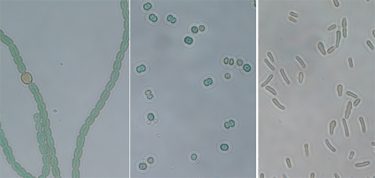
Here's how: Contained in photosystem II is a reaction center where light energy is converted into the motion of energized electrons. When a chlorophyll molecule absorbs light, one of its electrons gets boosted to a higher energy level and is delivered to the next link in an electron-transfer chain. The reaction center then replaces the now missing chlorophyll electron with a lower-energy electron from water, readying the chlorophyll to absorb more light.
The ability of photosystem II to split water is a process that continues to captivate Kufryk and drive her research.
“This (the water-splitting process) is a very unusual and important step in photosynthesis,” Kufryk said, adding that photosystem II is the only natural enzyme that splits water at ambient pressure and temperature. “… You can split water chemically, but it’s going to require high temperatures, or it’s going to require electricity. It requires very harsh conditions to do it chemically.”
Intriguingly, photosynthetic organisms do not require any extreme conditions to split water.
“If we understand how cyanobacteria assemble their photosystem II, we can use this to expand our understanding of how plants do the same job.”
More importantly, if we understand the process, we can mimic it, Kufryk said.
“Can we create an artificial catalyst that will do the same job – that will split water and do charge separation using light?”
In short, can we use light to create energy like plants do?
Mimicking how cyanobacteria and plants do this brings scientists even closer to developing clean fuels and sources of renewable energy.
It is what Kufryk has been passionately working toward for several years.
Cyanobacteria, besides being able to convert the energy of sunlight into chemical energy, produce a clean biofuel called molecular hydrogen. Ultimately, Kufryk wants to manipulate cyanobacteria to produce enough molecular hydrogen to fuel the world’s energy needs so we do not have to depend on coal, oil and gas, which emit carbons and greenhouse gases that lead to the greenhouse effect, pollution and climate change.
The complexity and preciseness of photosystem II and its ability to split water without extreme conditions “is why I’m fascinated by this system,” Kufryk said.
For her, it’s the ultimate magic.
GCU senior writer Lana Sweeten-Shults can be reached at [email protected] or at 602-639-7901.
***
Related content:
GCU Today: Rock star bacteria, R&D Program fuel research
GCU Today: Math lesson a plus for microbiology students
GCU Today: Math and physics add up for biology students




